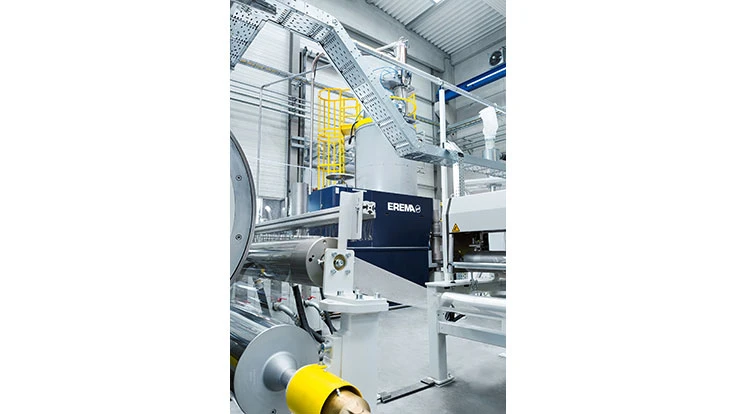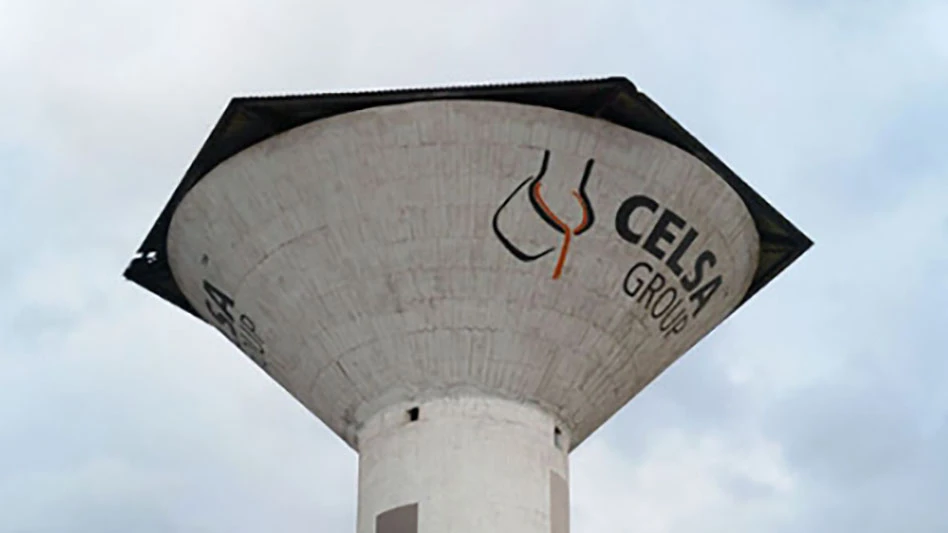
One year ago,
Nearly 1.3 million metric tons of PET are recycled worldwide per year with Vacurema technology from Erema, the company says. The end products include food-contact-compliant preforms for the beverage industry, thermoforming sheet, fiber and strapping.
According to
“The MPR is becoming increasingly popular for customers who have a conventional crystallizer and
Input materials, such as washed PET bottle flakes, ground PET flat sheet scrap, virgin PET material plus mixtures of them are decontaminated and food-contact-compliant before extrusion, the company says.
“The list of alternative suppliers of these PET extruders without pretreatment is long and tempting. However, later investments in dryers or high-maintenance decontamination modules reduce the profits of the PET producers in the end,” Wöss says.
“We at Sky-Light place our trust in the MPR from Erema when it comes to the food-contact-compliance of PET—and this is already the second time,” Sky-Light owner Søren Larsen. “In the new expansion of our production capacity, we once again added an MPR to the twin-screw extruder. The growth in output through the increase of the bulk density of PET flakes and flat sheet waste and the stable IV value
Sky-Light is a specialist for individual packaging solutions. The Danish company produces several hundred million snap-on lids, cups, inserts,
The technical and economical improvements of the relaunched line include the ability to reduce the connected load by more than 30 percent while maintaining output, Erema says.
“The calculable operating costs in combination with the reliable output performance make for a foreseeable and short
The Italian company—part of the Aliplast Group—makes
Additionally, the relaunch included a higher degree of automation and improved ease of maintenance with the vacuum system, Erema says. The process water tank has been replaced by a utility-free vacuum pump, which reduces operating costs. The compactness of the system has been reworked, reducing its footprint by 20 percent.
Latest from Recycling Today
- Greenwave Technology pares back losses in Q3
- Lindner shredders prepare Brazilian plastic for recycling
- China ups steel output while other nations cut back
- ReElement, Posco partner to develop rare earth, magnet supply chain
- Comau to take part in EU’s Reinforce project
- Sustainable packaging: How do we get there?
- ReMA accepts Lifetime Achievement nominations
- ExxonMobil will add to chemical recycling capacity





